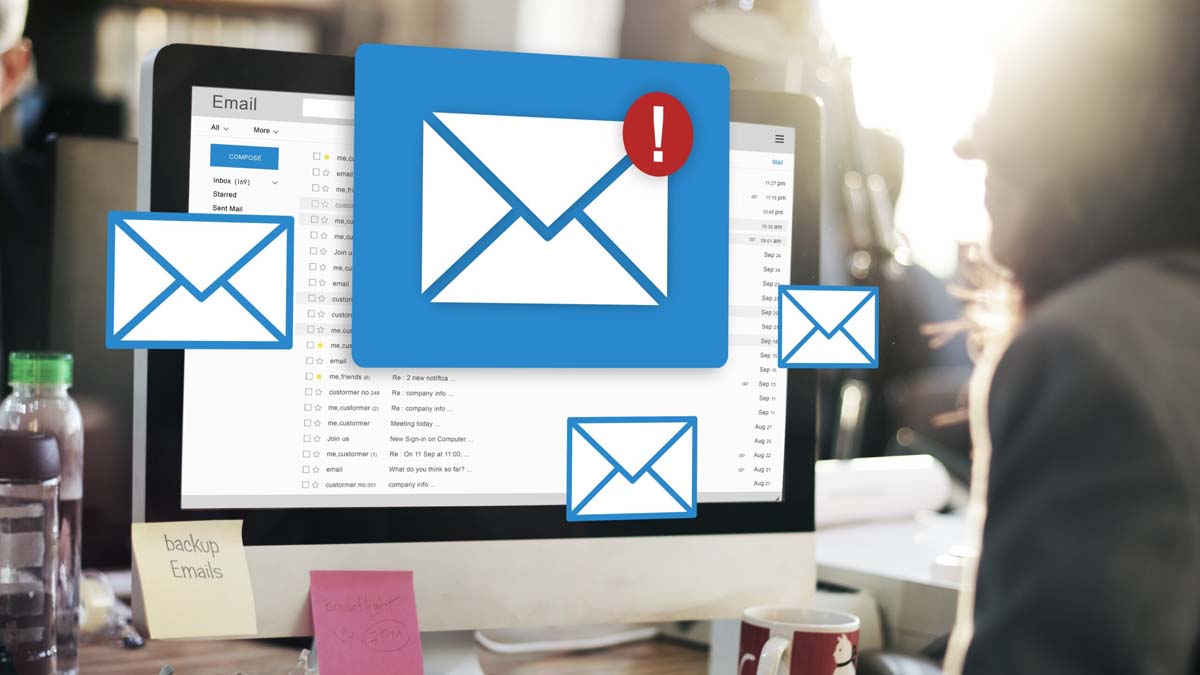Email Forensics Investigation: Techniques and Best Practices

This article explores the world of email forensics investigation, where we uncover a range of crucial email investigation techniques, including email header analysis, email data files analysis, email server investigation, sender mail service footprints examination, email client software identifier discovery, and the intriguing bait tactics strategy. These techniques unlock the hidden secrets concealed within our emails and making email forensics investigation an easier task.
What is Email Forensics?
Email forensics is a specialized branch of digital forensics that focuses on the systematic and detailed analysis of emails to collect vital digital evidence for a wide range of purposes, including cybersecurity investigations, legal proceedings, and incident response. It’s like being a digital detective, piecing together clues left behind in the intricate world of emails.
What are the Techniques in Email Forensics?
Techniques in email forensics involve a range of methods to analyze digital evidence within emails, including header analysis, server investigation, and software identification.
1. Email Header Analysis
Email headers, those seemingly cryptic lines of text at the top of your email, hold a treasure trove of information. They contain details about the sender, receiver, the path the email has taken, and much more. For investigators, these headers are like fingerprints at a crime scene, offering crucial insights into the email’s journey.
2. Email Server Investigation
Sometimes, to trace the source of an email, you need to dig deeper. Email servers come into focus here. When emails are deleted from client applications, servers often retain copies. Logs on these servers can analyze to identify the origin of an email. HTTP and SMTP logs, archived by large Internet Service Providers (ISPs), are valuable resources.
3. Investigation of Network Devices
When server logs are unavailable or uncooperative, investigators turn to network devices like switches, firewalls, and routers. These devices may also hold clues about the email’s source, helping complete the digital puzzle.
4. Sender Mailer Fingerprints
X-headers, often added to emails for various purposes, can use to identify the software used by the sender. It’s akin to identifying the make and model of a car from its tire tracks. Additionally, the x-originating-IP header can lead investigators to the sender’s computer’s IP address.
5. Message-IDs
Message-IDs serve as unique identifiers for emails worldwide. They contain timestamps and domain information, which can essential in understanding when and from where an email was send.
6. Email Software Identifiers
Some emails carry embedded information about the email sender’s software. This can include details like the MAC address, Windows computer login username, PST file name, and more. Analyzing these sections can unveil critical information. Few email sending software which adds same information in email messages are Microsoft Outlook, Outlook Express, Windows Live Mail, Thunderbird etc.
7. Bait Tactics
When the location of a suspect is unknown, investigators sometimes use bait tactics. This involves sending an email containing tracking elements. For example, an <img src> tag can be used to record the suspect’s IP address when they open the email. Even if suspects use proxy servers, their tracks can still be traced.
8. Bulk Email Forensics
In many cases, investigators must sift through vast email collections. This is where the ability to efficiently search and analyze becomes crucial. Date and time are vital attributes, but they can be manipulated. Investigative software can help tackle this challenge.
9. Importance of using Hashing Algorithm
MD5 and SHA1 hashing algorithms are standard tools in email forensics investigations. They help preserve digital evidence, ensuring that everyone involved has identical copies of files. This is crucial when sharing evidence in legal proceedings.

Applying Email Forensics
Now that you’re armed with an understanding of these techniques, it’s essential to see them in action. Real-life examples and case studies demonstrate how investigators utilize these tools to solve cyber incidents and collect evidence that stands up in court.
Using an eDiscovery and Email Forensics Solution
Email forensics investigation often involves multiple suspects and the analysis of a large number of email mailboxes. This complexity is where the right tools can make all the difference. Seasoned professionals rely on enterprise-grade eDiscovery and advanced email investigation tools like the 4n6 Email Forensics Wizard. This powerful software is design to simplify and streamline the investigative process.
Conclusion
Email forensics investigation is a fascinating and essential field in our digital world. It allows experts to unravel complex cases, trace the source of emails, and gather evidence crucial for cybersecurity and legal purposes. As technology advances, so does the need for skilled digital detectives who can navigate the intricate web of emails. If you’re intrigued by this field, consider exploring further resources and training to become a proficient email forensics investigator.